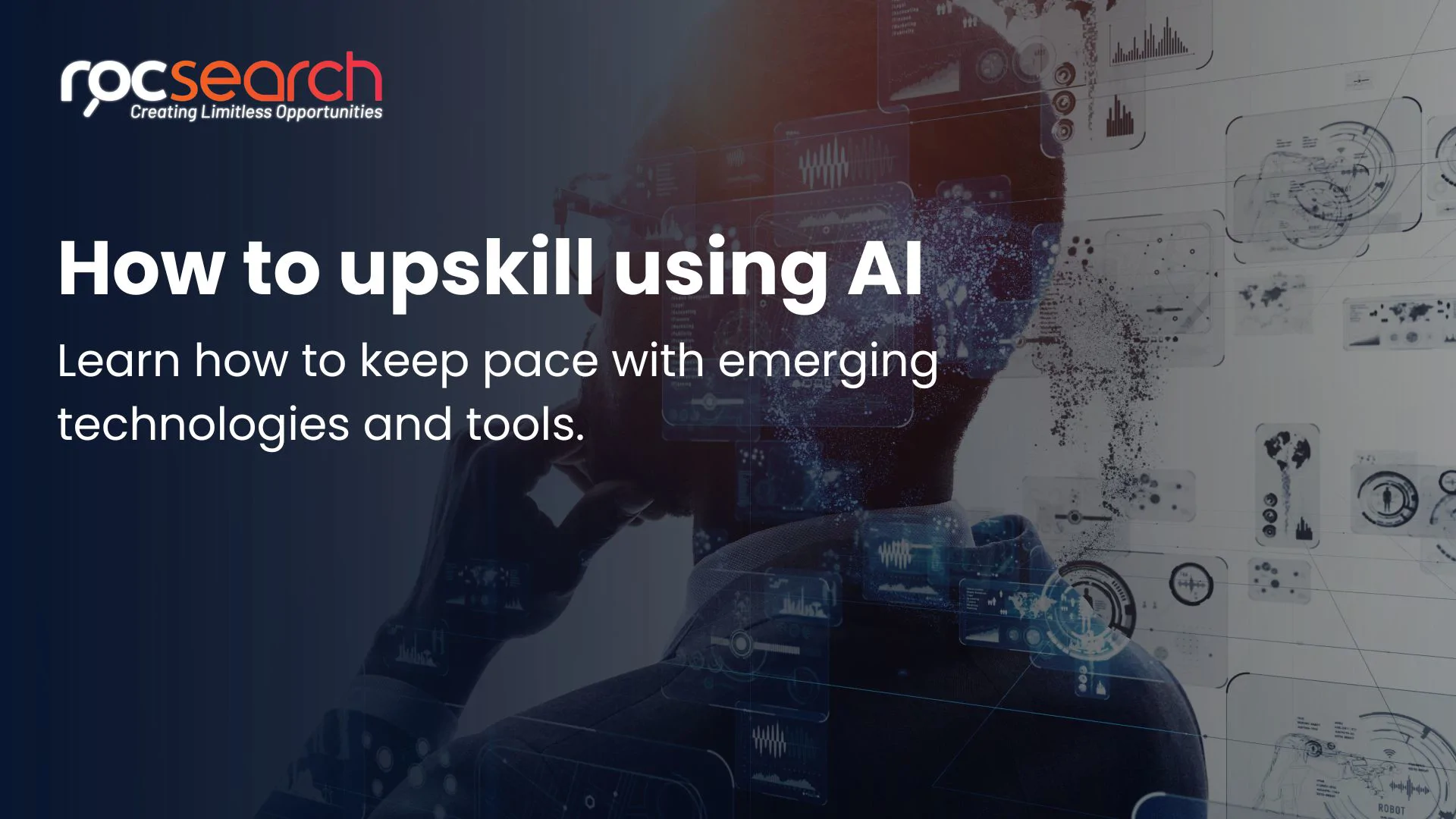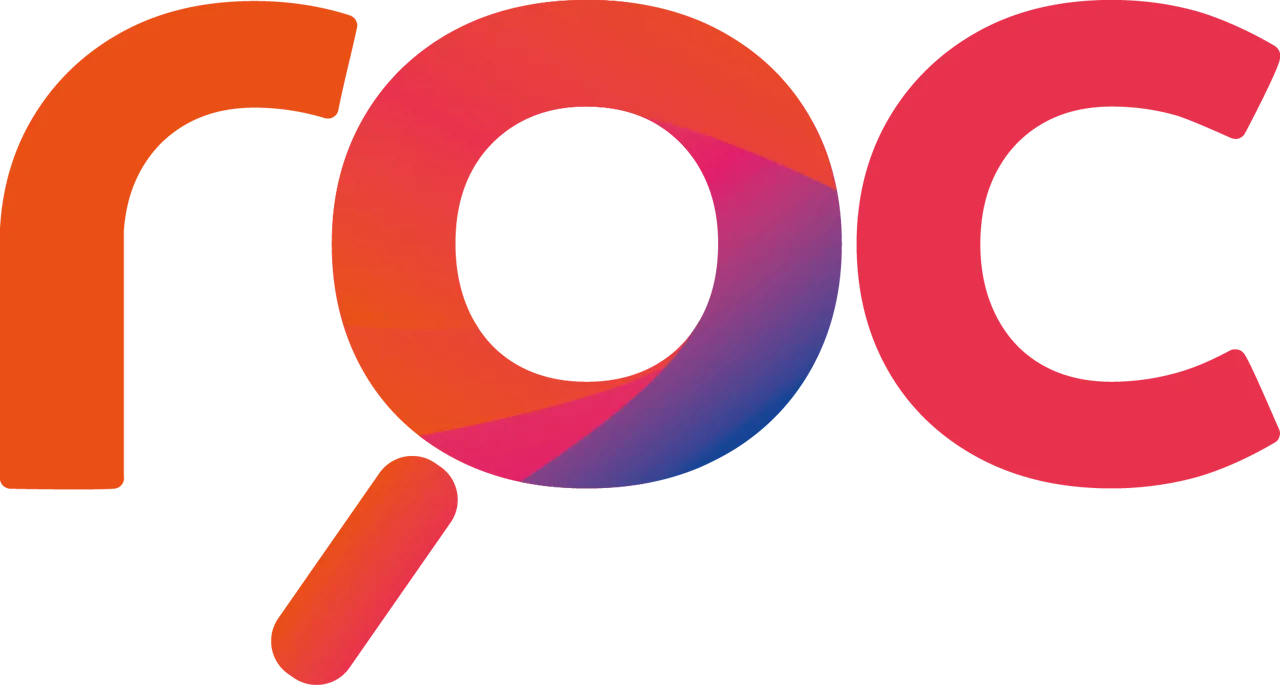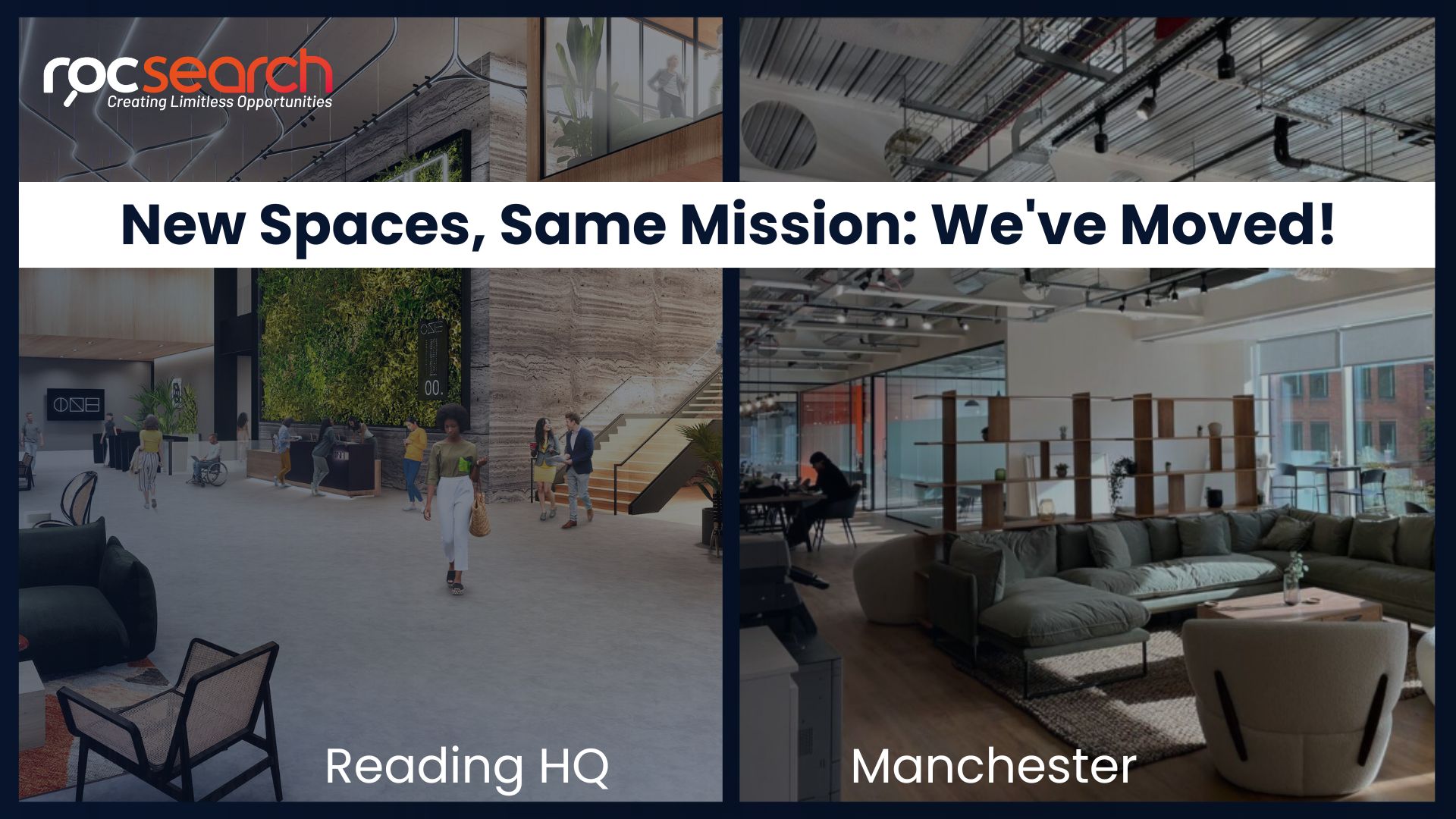
Remote hiring - 5 Factors to consider
01 Jun, 202010 minsWhile the economy has been stung by lockdown and COVID 19 precautions, there are still ...

While the economy has been stung by lockdown and COVID 19 precautions, there are still certain organizations in a position to grow, particularly within IT.
I have been a Software development specialist at Roc Search for the last 2 years, with most of my success in the Microsoft stack. I have worked with a mixture of clients throughout my career from Fintech to E-commerce organisations and it has to be said the market has taken a heavy hit over the last 3 months.
There are varying reasons from industry to industry; Software companies are having projects put on hold due to uncertainty that end clients will need their product, retail companies are losing profit due to the stores not seeing any custom, and some organisations who may be growing (i.e. e-learning or health based organisations) are holding off from hiring anyone new due to uncertainty of product renewals/memberships etc.
However I have noticed that the development market is slowly picking up, and some organisations from small gaming startups, to established worldwide tech consultancies are looking to hire.
One question I am getting a lot from clients is “How are we going to do the interview and on-boarding process?”
While this is a frightening time, not only for those who are losing family members, but for the working world who have no assurance of where their business will be by the end of the year, I thought I would offer a chance to be consultative for those who are looking at potentially hiring whilst in lock down.
I have prepared a simple step by step guide for hiring. This will not only be useful for hiring managers, but also candidates who want to put themselves to the front of the queue, whilst spending their time-efficiently.
1. Technical test’s (Get it right!)
There are two stances to consider when on-boarding. The first is ‘I want to thoroughly make sure the candidate is perfect before I offer them a chance to interview’ and the second is ‘I want to attract the best candidates to my team and make the process efficient so I do not risk losing them to other opportunities.
The truth is, it is probably best to have a healthy balance between both stances. A candidate may have a great CV and talk well, but unless you see their coding techniques/problem solving skills, you will never know if their style suits your organisation.
Saying that, you don’t want them to be spending hours and hours on an application before getting the chance to be graced with your presence of a 20 minute phone interview. There is a chance they may feel slightly used, that you will just take their code and use it within your organisation. Also they may feel that it is a risk of not managing their time wisely when they have not even spoke with a hiring manager. They may also not feel as motivated to put 100% into it when they have 4 other shorter tests from other organisations they have interviewed with.
2. Video interviewing – different options
In lock down, video interviewing is the only way you will be able to see a candidate, so it is important to explore different ways to do so. A product that has worked well for us at Roc is Fidio.co.uk.
Fidio is a platform written in Microsoft .NET and it is super simple to use. You set 3 questions (technical or non-technical) and the candidate will video their response to each one! You also get to see their CV on the platform next to the video. A link of the video will come through to your phone, you click on it and there it is. Within minutes you can see whether the candidate is a good fit for your organisation.
So if you find it tricky to get a 20 minute slot to commit to for a telephone screening, this filters the candidates very well for you.
On the candidate’s side, I would highly recommend using the product. If you have found yourself speaking to recruiters, applying for roles and not getting any response, take a Fidio with us and we can help get it in front of some clients for you.
Following on from this, live platforms for final interviews such as Zoom, Skype, MS Teams, Google Hangouts are all good options.
3. Explain all aspects of the position
I was once told by a client “I would like to be a buyer not a seller”. What was meant by this was the client felt they should be qualifying and trialling the candidate on whether they are good for the business, rather than selling the position to the candidate.
I appreciate when interviewing candidates you have to qualify them. That is categorically the main focus of interviewing, and to some degree the recruiter has to sell the role and explain it to them thoroughly. However nobody knows the role and the organisation more than a hiring manager working there. Also candidates are people, not products that you can buy. For example you wouldn’t go into a phone shop and buy a phone, to then have the phone reject it because they have a better offer from another buyer! Candidates in Software development tend to have multiple positions to choose from.
So when you find a candidate who is a great fit, you should give them a full insight of the role, especially in this climate as they will not have a chance to see the workplace for themselves at first.
4. If they are the perfect fit, make an offer!
Recruitment is a learning experience for hiring managers who haven’t done it before. New managers or managers at new companies may not always be familiar with how rapidly the market moves. So there have been times when I have had to consult them. This goes for both remote hires and office based hires.
One thing I always ask is “If you find someone who ticks all the boxes, how soon can you offer?” Now whilst most managers will reply “Straight away” or “Within 24 hours” there have been occasions where I have heard managers say “Within a week” or “Once we have interviewed a few more candidates to compare”. This simply makes no sense! If a candidate is the perfect fit, the likelihood is they are high in demand. So if you wait a few days, they could be made another offer, and something I have heard from clients in response to this is “Well if they are going to take the other offer then they clearly don’t want this job enough” or “Well if they are going to take the first thing that comes, then this is not the type of candidate we want”.
While I appreciate you want a candidate who is sold on your position, in this climate, a lot of the candidates are commonly out of work and need secure something soon as they have bills to pay. So if they are made an offer from another company and don’t hear from you within a week, it would make sense for them to take that offer up rather than waiting around and losing out on the offer you made.
5. Ensure their location will 100% be commutable
In normal circumstances, a candidate can qualify a commute by going to the office to interview and figuring out in their mind whether they will want to do that commute all year round. They also will have the use of Google Maps/City Mapper with traffic in full flow and public transport in normal operations. Currently neither the candidate nor hiring manager will have either of these luxuries, so this will need extra considerations. Because, although they can work remotely for now, when things go back to normal it can hit the candidate with a bang going to the office anyway, let alone if it takes over an hour to get to the office every day.
So therefore it is important that as a hiring manager, you explain the commute to them and how to get into the building. If there is parking onsite, how much does it cost? Is there a tube or railway station nearby? How regular are the trains in normal operations?
To Summarise
Luckily, taking someone onboard for IT based roles is very straight forward if the infrastructure is set up for it. You just have to make sure the process is thorough but efficient, and if it is a business or client-facing position, you will need a good video meeting platform set up. If you follow the 5 simple steps in this blog, you will have no unique challenges to a normal office-based set up.
As always, if you have any questions or queries on this, or would like to add your thoughts, please don’t hesitate to drop me a message as I will be more than happy to help!





